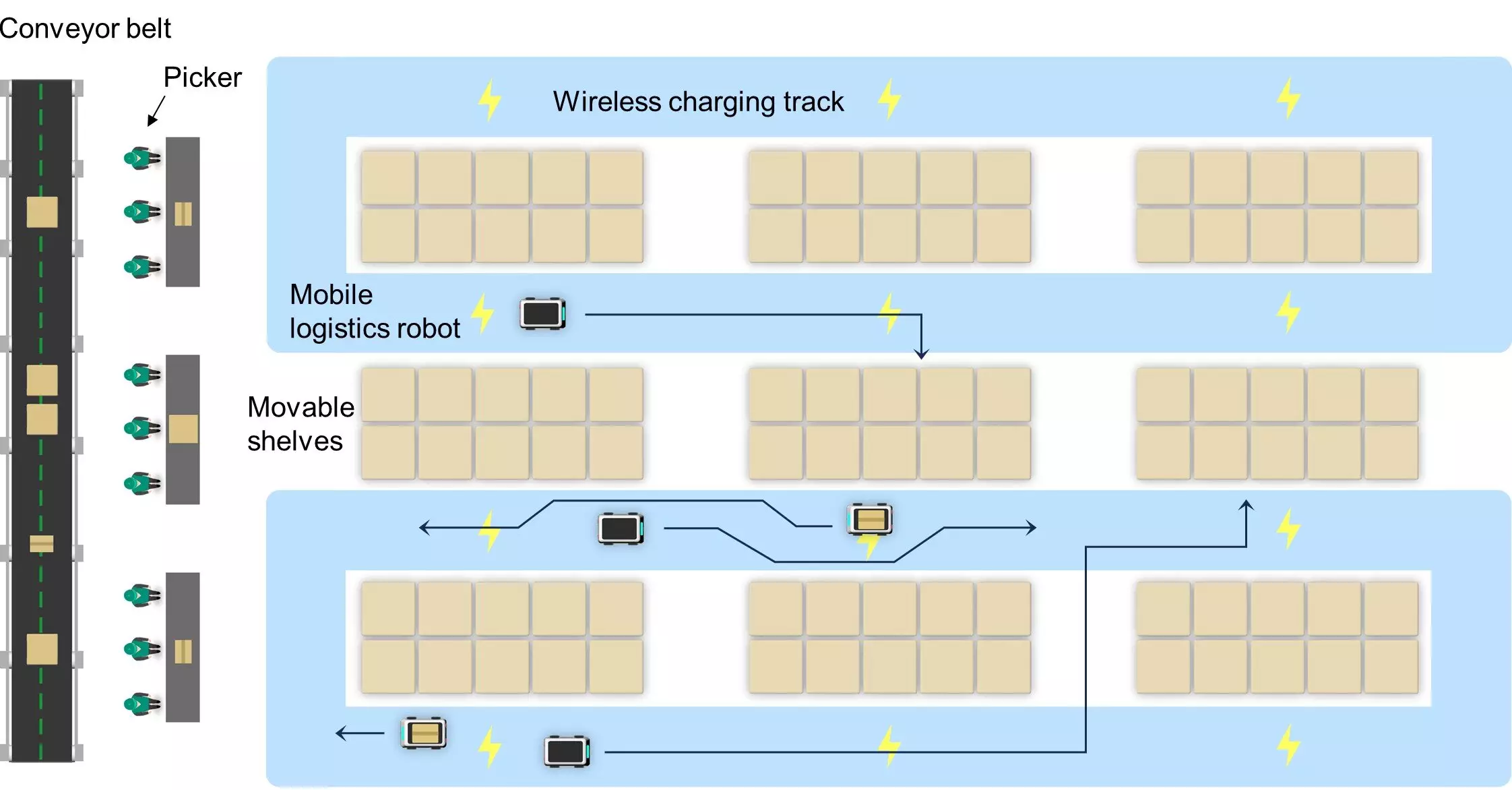The landscape of electric vehicle (EV) technology is rapidly evolving, driven by innovative research aimed at overcoming some of the most significant hurdles faced by EV users today. A prominent development in this field is the introduction of wireless power supply systems for active transportation. Spearheaded by a research team from Ulsan National Institute of Science and Technology (UNIST), this groundbreaking method allows electric vehicles to receive power as they move, thus mitigating the often cumbersome necessity to track down charging stations.
Professor Franklin Bien, leading the initiative at UNIST’s Department of Electrical and Electronic Engineering, has unveiled a distinctive method to power vehicles on the go. Published in the journal *Applied Energy*, the research describes a novel wireless charging track system utilizing an extensive network of wires to generate a robust magnetic field. This innovation removes the reliance on costly ferromagnetic materials, instead allowing vehicles to navigate freely in multiple directions without the constraints of traditional wired charging setups. The magnetic field is produced through a current in an electromagnetic generator, creating a circular pattern that supports efficient energy transfer throughout the travel path of the vehicle.
This advancement is particularly transformative, as it opens up possibilities for a more dynamic and flexible driving experience. The research team’s approach enables electric vehicles to operate along designated power supply tracks, making long-distance travel significantly more feasible and convenient for users.
One of the standout features of this wireless charging technology is its efficiency. By developing specialized algorithms, the team has maximized the design of both the power supply tracks and the receivers installed in the vehicles. This optimization can enhance power transfer efficiency to an impressive 90%. Unlike previous designs that relied heavily on ferromagnetic setups that faced issues of high cost and low durability, this new system promises both economic viability and long-lasting performance.
Furthermore, the implications of this research stretch beyond simple convenience. By addressing the twin challenges of time-consuming charging sessions and limited driving ranges, there is significant potential for wider adoption of electric vehicles. As Hyunkyeong Jo, one of the leading researchers, noted, the practical application of such technology could reshape how we perceive the limitations of EVs.
The successful implementation of new technologies in everyday transportation necessitates stringent safety considerations. The research team took the initiative to conduct comprehensive safety verifications, conforming to benchmarks set forth by esteemed organizations like the Institute of Electrical and Electronics Engineers (IEEE) and the International Commission on Non-Ionizing Radiation Protection (ICNIRP). Such diligence reassures potential users about the safety and reliability of this cutting-edge technology.
As electric vehicles continue to gain traction in the meeting of sustainable energy demands, the move towards dynamic wireless charging systems introduces a new paradigm in transportation. This innovative approach not only alleviates the stress around charging station logistics but also enhances the driving experience by introducing the capability for mobility in diverse directions—both vertically and horizontally. The research from UNIST represents a significant leap forward in making electric vehicles more practical and accessible, defining a new pathway for the future of electric mobility.


Leave a Reply